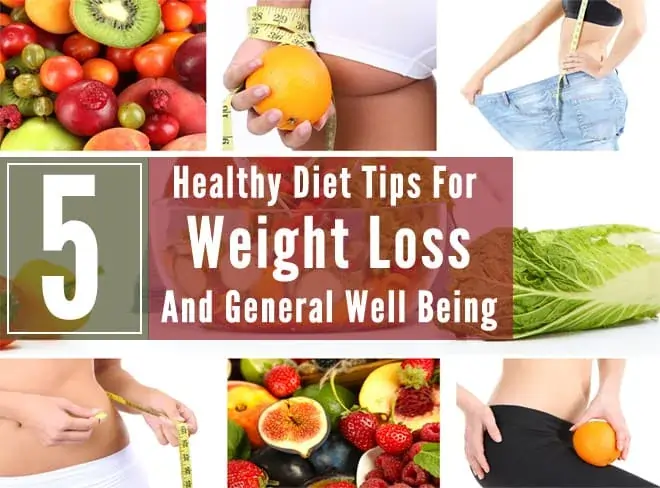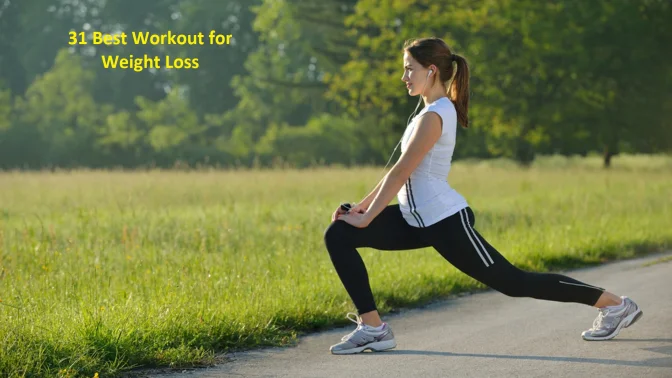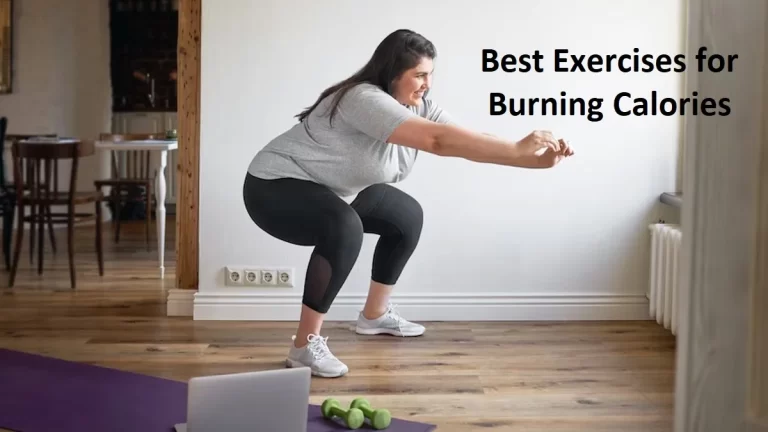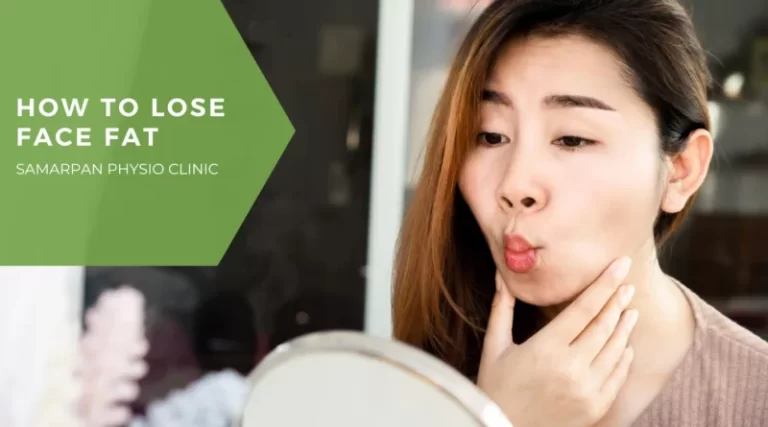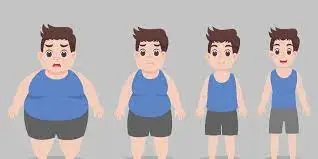Top 10 Best Food for weight loss(obese)
Here are Update Top 10 super-foods that you must include in your weight loss diet, Balance And Proper Diet Keeps Your Body Slim.
- Apples and Grapefruit

The orange pink citrus fruit has come to be known as one of the best fruits for weight loss. Some studies have indicated that eating a portion of fresh grapefruit, a few minutes before your meals can result in weight loss. Grapefruit contains large amounts of water, which can help you stay hydrated and fill you up, making you feel hungry less often.

An apple a day may keep more than just the doctor away. It might just help you keep those extra kilos off too. Apples are rich in dietary fibre and antioxidants, as well as essential vitamins and minerals. They are yummy to eat and very versatile too. You can include them in your breakfast cereals and lunch salads, as well as make healthy snacks and desserts from them.
2. Blueberries

Berries like blueberries and raspberries are the classic example of big benefits in small packages. Blueberries are especially beneficial for weight loss, due to the presence of powerful antioxidants. They contain good amount of soluble fiber and promote the feeling satiety, doing away with the need for you to snack more often.
3. Green Tea
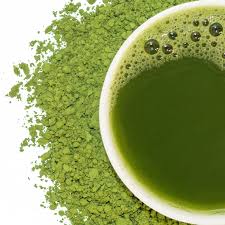
Green tea has catechins, which increase your body’s metabolism and improve its capacity to burn more fat. It is also a diuretic and helps you lose water weight. Green tea also reduces the body’s ability to absorb fat, keeping you slim and trim.
4. Flaxseed
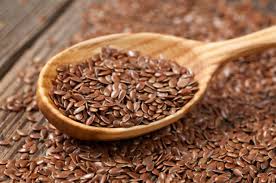
Flaxseeds are one of the best weight loss snacks out there. They’re low in calories and rich in fibre, which keeps you fuller. They are also extremely nutritious and can supply your body with omega-3 fatty acids, which may prevent obesity. Flaxseeds are also known to suppress appetite.
5. Almonds

Almonds are also great weight loss snacks, which are rich in essential nutrients and minerals, including proteins and fibre, which are both essential for weight loss. Almonds are also rich in monosaturated fats, which promote skin health. Almonds are also rich in vitamin C and zinc, which suppress sweet cravings.
6.Whole Grains:
Though cereal grains have received a bad reputation in recent years, some types are definitely healthy.
This includes some whole grains that are loaded with fiber and contain a decent amount of protein.
Notable examples include oats, brown rice and quinoa.

Oats are loaded with beta-glucans, soluble fibers that have been shown to increase satiety and improve metabolic health (34Trusted Source, 35Trusted Source).
Both brown and white rice can contain significant amounts of resistant starch, particularly if cooked and then allowed to cool afterward (36Trusted Source).
Keep in mind that refined grains are not a healthy choice, and sometimes foods that have “whole grains” on the label are highly processed junk foods that are both harmful and fattening.
If you’re on a very low-carb diet, you’ll want to avoid grains, as they’re high in carbs.
But there’s otherwise nothing wrong with eating whole grains if you can tolerate them.
7. Oatmeal

Oatmeal has also gained a lot of traction as a weight loss superfood, due to its ability to keep you satiated for longer. Oatmeal is the perfect breakfast food because it gives your body enough energy to keep you going through the day and also controls blood sugar levels. Oatmeal also contains beta glucan, which is a kind of a soluble fibre, which regulates the levels of fat in the body.
8. Olive Oil

Olive oil is one of the healthiest cooking oils out there and is very popular among people wanting to lose weight. The fat burning ability of the oil is credited to the presence of oleic acid, which helps break down excess fat.
9. Beans and Legumes:
Some beans and other legumes can be beneficial for weight loss.
This includes lentils, black beans, kidney beans and some others.
These foods tend to be high in protein and fiber, which are two nutrients that have been shown to lead to satiety.
They also tend to contain some resistant starch.

The main problem is that a lot of people have difficulties tolerating legumes. For this reason, it’s important to prepare them properly.
Beans and legumes have a number of health benefits, including reducing cholesterol, decreasing blood sugar levels and increasing healthy gut bacteria.
Here are nine of the healthiest beans and legumes you can eat, and why they are good for you.
- Chickpeas
Also known as garbanzo beans, chickpeas are a great source of fiber and protein.
Many scientific studies have shown that beans and legumes such as chickpeas can help reduce weight, risk factors for heart disease and potentially even the risk of cancer, especially when they replace red meat in the diet.
One cup (164 grams) of cooked chickpeas contains roughly.
Chickpeas are a great source of fiber and folate, and they’re also low in calories. They can help reduce blood sugar, decrease blood cholesterol and improve gut health.
- Lentils
Lentils are a great source of vegetarian protein and can be great additions to soups and stews. They may also have a number of health benefits .
One cup (198 grams) of cooked lentils contains roughly .
- Peas
Peas are also a type of legume, and there are a number of different types.
One cup (160 grams) of cooked peas contains roughly.
- Kidney Beans
Kidney beans are one of the most commonly consumed beans, and are often eaten with rice. They have a number of health benefits. - Black Beans
Like many other beans, black beans are a great source of fiber, protein and folate. They are a staple food in Central and South America.
One cup (172 grams) of cooked black beans contains roughly.
- Soybeans
Soybeans are commonly consumed in Asia in a number of different forms, including tofu. They have many different health benefits.
One cup (172 grams) of cooked soybeans contains roughly.
- Pinto Beans
Pinto beans are common in Mexico. They’re often eaten as whole beans, or mashed and fried.
One cup (171 grams) of cooked pinto beans contains roughly.
Like many other beans, pinto beans can also reduce the rise in blood sugar that happens after eating a meal.
- Navy Beans
Navy beans, also known as haricot beans, are a great source of fiber, B vitamins and minerals.
One cup (182 grams) of cooked navy beans contains roughly.
- Peanuts
Interestingly, peanuts are legumes, which sets them apart from most other types of nuts.
Peanuts are a good source of monounsaturated fats, polyunsaturated fats, protein and B vitamins.
One half-cup (73 grams) of peanuts contains roughly.
They are excellent sources of dietary fiber, protein, B vitamins and many other important vitamins and minerals.
There is good evidence that they can help reduce blood sugar, improve cholesterol levels and help maintain a healthy gut.
Not only that, but eating more beans and legumes as a source of protein instead of meat is also environmentally friendly.
Add them to soups, stews and salads, or just eat them on their own for a nutritious vegetarian meal.
10. Soups :
As mentioned above, meals and diets with a low energy density tend to make people eat fewer calories.
Most foods with a low energy density are those that contain lots of water, such as vegetables and fruits.
But you can also just add water to your food, making soup.
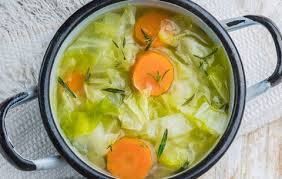
Some studies have shown that eating the exact same food turned into a soup rather than as solid food, makes people feel more satiated and eat significantly fewer calories.
Just make sure not to add too much fat to your soup, such as cream or coconut milk, as this can significantly increase its calorie content.

